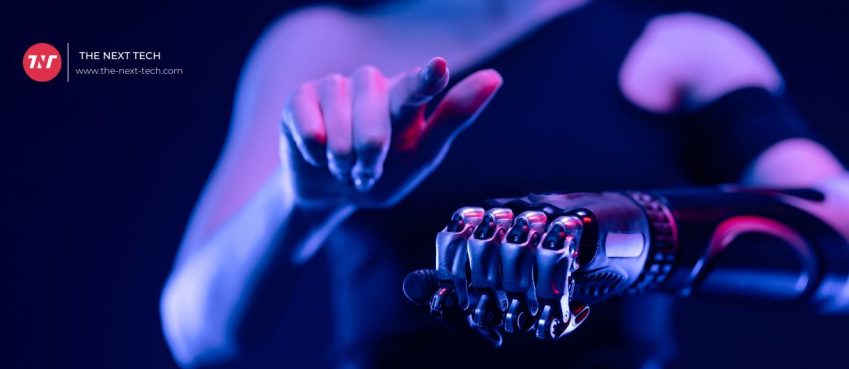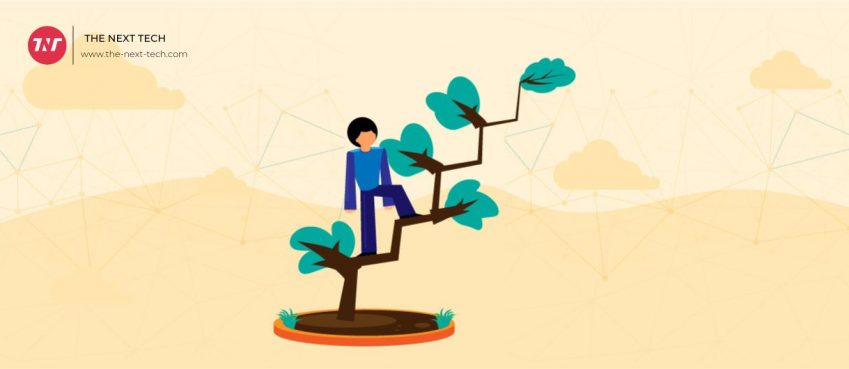
IoT refers to devices that are connected via the internet and can exchange data. There are advantages and disadvantages to this.
Although these IoT-connected devices make life easier and more enjoyable, security professionals consider it unnecessary and risky because of the privacy and data security concerns that these devices pose.
IoT is fascinating. This is why IoT consumers are eager to embrace it before it is fully developed and before devices are compatible with safety and security standards.
IoT devices produce a lot of data using their processors and sensors. This data is then shared with other connected devices or IoT gateways. These devices generate a lot of data, which can lead to security and privacy issues.
Currently, there are 30 billion smart devices in the market globally, and the forecast by Statista says it will cross 75 billion by 2025 and the global spending will touch around 1.1 trillion US dollars. And by 2025 the volume of data will be generated by these smart devices will be around 79.4 zettabytes.
Companies started embracing the IoT and predicting what else the technology will add to the areas and how it will get adopted but missing out on the main and the delicate part of IoT cybersecurity threats.
IoT Cybersecurity Challenges
IoT is increasingly integrated into everyday life. It comes with great security risks and is growing rapidly. Cyber-attackers using IoT are constantly innovating new ways to attack organizations’ security. These cyber-attackers gain access to sensitive information and create chaos. These attacks will get worse and more unpredictable depending on where they are being launched.
Cybersecurity must take immediate actions to prevent such events. Antivirus, software, IPS and IDs are ineffective to stop hackers from attacking the devices. Let’s look at some security strategies to reduce these cyber-attacks.
Also read: Top 7 Work Operating Systems of 2021
IoT Cybersecurity Solutions and Strategy
Due to a growing number of challenges, many existing IT security solutions are compatible with the Internet of Things. Researchers have suggested new ways to secure IoT devices. Below are several suggestions.
Data encryption:
Encrypt data in transit and at rest using standard cryptographic encryption algorithms, and complete lifecycle management processes between IoT devices. This will protect users’ privacy and prevent IoT data theft.
IoT PKI Security Methods:
Secure connections between IoT devices and applications can be made using public-key IoT infrastructure security measures such as X.509 digital certificate, cryptographic encryption key, life-cycle capacity and the generation, distribution, and management of the public/private keys.
Certifying/Authenticating IoT device:
Multiple user management capabilities are available for IoT devices like digital certificates, two-factor authentication, and biometrics. This will allow users to verify devices.
API Security method:
You can ensure that only authorized developers, apps, and devices use APIs. This API security method can be used to protect data movement between apps, IoT devices, and software using REST APIs.
IoT security Analytics:
IoT security analytics can be used to detect threats and attacks on smart devices, which is different from traditional network security solutions such as firewalls.
IoT Hardware Testing:
To ensure the security of IoT hardware, a comprehensive testing framework must be in place. This includes testing the IoT device’s range, capabilities, and latency.
Manufacturers of IoT devices should also improve their power consumption to avoid making it more expensive for consumers. IoT devices are currently cheap and disposable with very little battery power.
For IoT applications to work properly, manufacturers should test these devices extensively with different third-party components and modules.
Don’t Launch IoT Devices in a Rush:
Manufacturers rush to launch new devices in order to keep up with their competitors. They don’t pay enough attention or security updates and patches. This poses a grave threat to the security and integrity of IoT devices.
IoT Security Risks:
To ensure the security of IoT applications and devices, manufacturers and developers need to be aware of recent security breaches and threats. App developers and manufacturers should have a plan for exit in case of security breaches.
Secure IoT Applications:
Before you design anything applications developers must do extensive research on the security of their apps and ensure that they achieve the best balance between the user interface and security.
Developers should pay attention to security when developing an IoT app. This can be done by using all the IoT security technology mentioned above.
Also read: Top 10 Best Artificial Intelligence Software
Takeaways to IoT security solutions
Digital companies must adapt to the IoT-related commercial benefits. It should be noted that cybercriminals have used these devices to spread chaos around the globe.
To ensure that the devices are safe, the company must follow cybersecurity standards across the organization.
It is important that the organization adopts and implements the code of practice in the entire organizational supply chain. This will make devices safer and help to develop security strategies and follow cybersecurity standards.
eInfochips assists companies in designing, developing, and managing secure connected products. Our experience includes strategic assessments, transformations, turnkey implementations, and managed security operations. To know more talk to our experts today.
Top 10 News
-
01
10 Exciting iPhone 16 Features You Can Try Right Now
Tuesday November 19, 2024
-
02
10 Best Anatomy Apps For Physiologist Beginners
Tuesday November 12, 2024
-
03
Top 10 Websites And Apps Like Thumbtack
Tuesday November 5, 2024
-
04
Top 10 Sites Like Omegle That Offer Random Video Chat
Monday October 21, 2024
-
05
Entrepreneurial Ideas To Make 5K In A Month (10 Realistic Wa...
Monday October 7, 2024
-
06
[10 Best] Cash Advance Apps Like Moneylion And Dave (No Cred...
Friday September 20, 2024
-
07
Top 10 Richest Person In The World
Tuesday August 27, 2024
-
08
Top 10 Unicorn Startups In The World (2024-25)
Monday August 26, 2024
-
09
Top 10 IT Companies In The World By Market Cap
Thursday August 22, 2024
-
10
[10 New] Best OnionPlay Alternatives To Stream TV Shows And ...
Tuesday June 11, 2024







